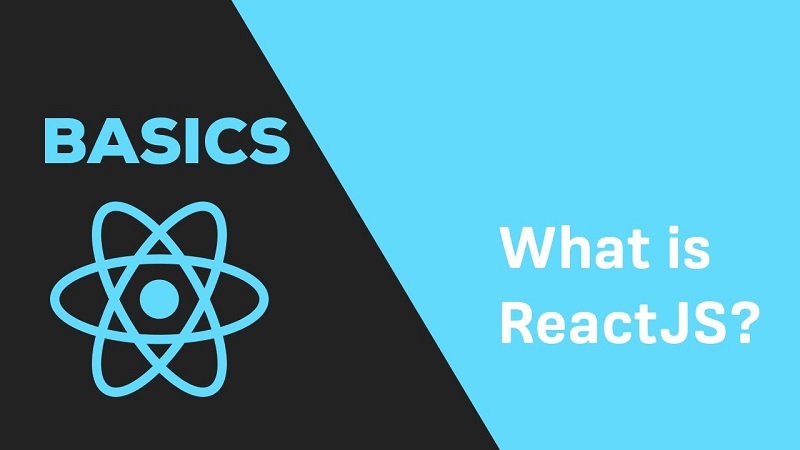
Hey, in this post, I will tell you what React.js is and why it is one of the most popular JavaScript libraries nowadays. We will also discuss why you should use React JS, what the building blocks of React are, and my thoughts about React. So, stick with this post, and you will know what React JS is.
So, React is a JavaScript library for building fast and interactive user interfaces. It was developed on Facebook in 2011, and it is currently one of the most popular JavaScript libraries. React is mainly used to build user interfaces; the other two players are Angular and Vue.
So, if you want to expand your job opportunities as a front-end developer, you should have React on your resume. The main element of all Reacts applications is components.
Why React js?
React helps create dynamic web applications. It also provides performance enhancements.
React uses reusable components, which helps decrease the development time of web and mobile applications. It is very easy to learn. React released an extension called React.js Native, which is used for mobile application development. React JS also has dedicated tools for easy debugging.
Also, there are lots of React dashboards available in the market, which can help you speed up your web development with stunning and ready-to-use user interfaces.
The building blocks of React js
- Components
- State
- Props
Components
A component is a part of the user interface. When building applications with React JS, we build a bunch of independent isolated and reusable components and then compose them to build complex user interfaces.
Every React application has at least one component, which is referred to as the root component. This component represents the internal application and contains other child components.
So, every React application is a tree or a group of components. Each component is a piece of UI; if you have worked with Angular, it should sound familiar. You can find the complete comparison of Angular vs React in this article.
In terms of implementation, a component is typically implemented as a JavaScript class that has some state and render method. The state here is the data that we want to display when the component is rendered. The render method describes how the user interface should look. The output of this rendered method is the React js element, which is a simple plain JavaScript element that maps to a DOM element. It’s not a DOM element; it’s just a simple JavaScript object that represents that DOM element in memory.
So React JS keeps the lightweight representation of DOM in memory, which is referred to as a virtual DOM. This virtual DOM is cheap to create. When we change the state, we get a new React element.
This means that when building applications with react, unlike vanilla JavaScript or JQuery, we no longer have to work with the DOM API in browsers.
State
The state of a component is an object that holds some data. This data influences the output of the component. Every time the state of an object changes, the component is retendered onto the screen.
In simple words, the state is the data that we want the component to render.
Props
Props are short for properties. That allows us to pass arguments or data to components. Properties help make components more dynamic. It is important to define all the properties of their types and their default value. Props are passed to components in a way similar to that of HTML tag attributes.
So that’s all from my side. I hope you like the points that I have discussed in this article.
Conclusion
I hope you enjoyed this article. You can see a full breakdown of our react dashboards available in the market right here.
Now I’d like to hear from you:
Which point from today’s article did you find most interesting?
If you have a question about anything that I discussed in this article, I’d like to hear from you. So go ahead and leave a comment below. And I will try my best to answer them all. And don’t forget to share it with all your friends.
Read Also – Characteristics of interactive elements on a website.




